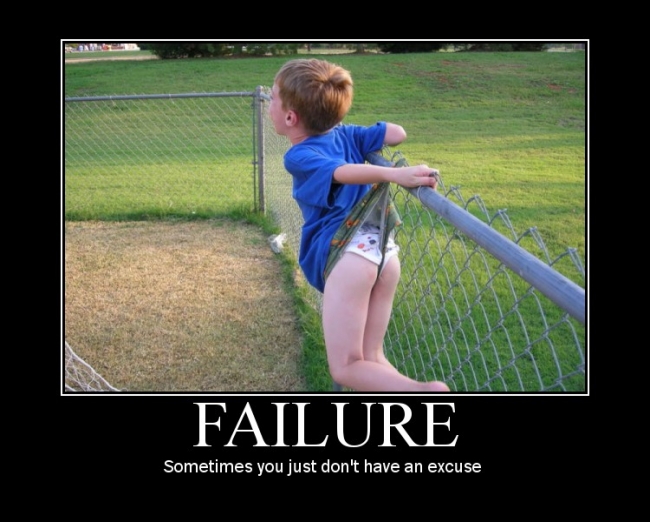Why You Should Fail Fearlessly

by. Matt Monge
It’s in that moment you propose an idea that you know is going to be met with blank stares if not looks of outright contempt. It’s when you’re about to hit send on that email that shares your hopes and dreams with another. It’s that point in time where it seems like your idea or task or project just isn’t going to work. You may even project a confident image (and there’s nothing wrong with that), but underneath it, you’re afraid your idea isn’t good enough and may even be a disaster. Sometimes you’ll be led to believe — by yourself and/or others — that you’re not good enough.
Think of the biggest professional failure of your life. The biggest one. The one you almost can’t help but laugh at because it went so terribly wrong. Or the one that still puts that sinking feeling in your stomach when it comes to mind.
Now do that thing where you put two fingers on your neck or wrist and check your pulse. Still got one? Good. That means that failure didn’t kill you. You blew it big time, yet here you are.
The natural thing for us to do when faced with fear is to shrink back, thinking that if we but reinforce our current position and keep our head down, all will be well.
But all will not be well. Because if everyone does that very thing, how and why should we expect progress and forward momentum? If the fear of screwing up paralyzes us and/or dominates our thoughts, we need to press into that a little and see what’s really going on there.
And then keep pushing forward, knowing you’re going to fail along the way.
Failure, you see, is an essential element of learning, growing, innovating, and leading. If you’re not failing, you’re not trying enough stuff. It’s like that one of my favorite Michael Jordan commercials from back in the day. Point is, if not messing up occasionally, it’s almost certain that you’re not being as innovative as you could be. You’re not taking risks you could be taking. You’re playing it really safe, which is exactly what “they” want.
continue reading »




